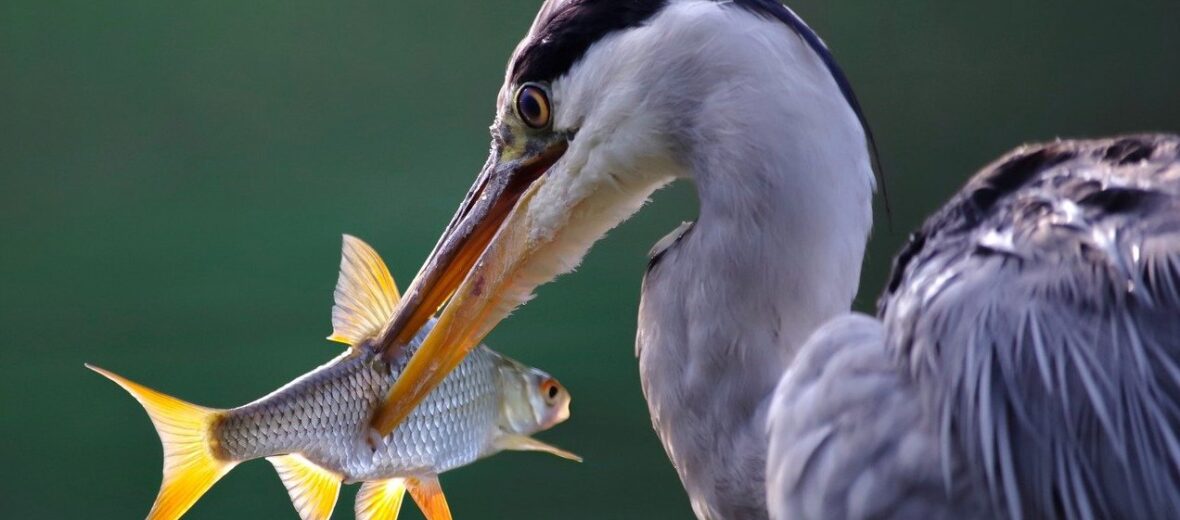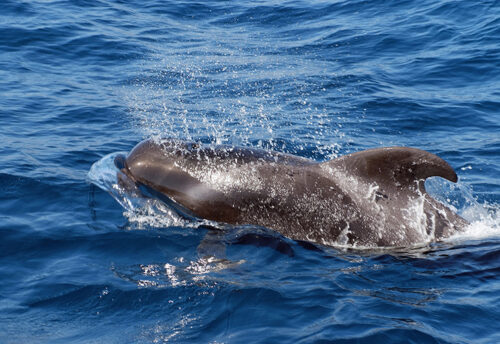
It’s not a stork, it’s a heron. They are often confused with one another. There are 64 known species of herons that range in color, size, and habitat. These graceful birds can be found on every continent, sans Antarctica. They prefer swamps, wetlands, coastlines, ponds, rivers, and lakes. Since they primarily eat fish, their main foe is water pollution. The great blue heron is the largest heron in North America.
First the Stats…
Scientific name: Ardeidae
Weight: Up to 11 lbs.
Height: Up to 5 feet
Wingspan: Up to 7.5 feet
Lifespan: Up to 15+ years
Now on to the Facts!
1.) They are carnivores that eat fish, amphibians, reptiles, small mammals, birds, and insects.
2.) Foxes, minks, raccoons, and weasels all prey on the eggs and young herons.
3.) The fat from a heron killed during a full moon was once thought to cure rheumatism. Boy has medicine come a long way. Now if we can just get some people to stop thinking the world is flat, we’d be set.
4.) If they’re disturbed while roosting, they will regurgitate their last meal and aim it at that which disturbed them. Death from above, via vomit. Yummy.
5.) Herons are famous for marauding backyard goldfish ponds. Netting is about the only thing you can do to protect the fish; or you can just get bigger fish, I suppose.
But wait, there’s more on the heron!
6.) These birds are both nocturnal (active at night) and diurnal (active during the day).
7.) Temperate region herons will migrate south for the winter. Herons in other regions do not migrate.
Did you know…?
As large as their wingspan may be, they can still reach speeds of up to 30 mph!
8.) It isn’t uncommon for a single tree to house as many as 10 nests!
9.) Herons nest in colonies which may include up to 500 nests!
10.) Females lay up to 4 eggs that hatch in 1 month. The chicks are independent in around 80 days.
Now a Short Heron Video!
Also, check out the Critter Science YouTube channel. Videos added frequently!
Want to suggest a critter for me to write about? Let me know here.



